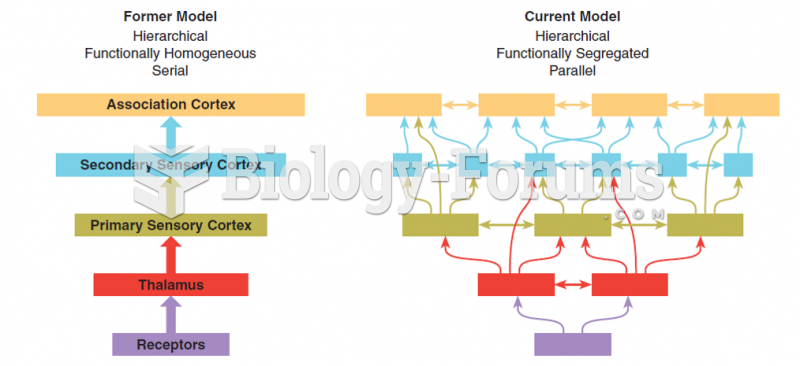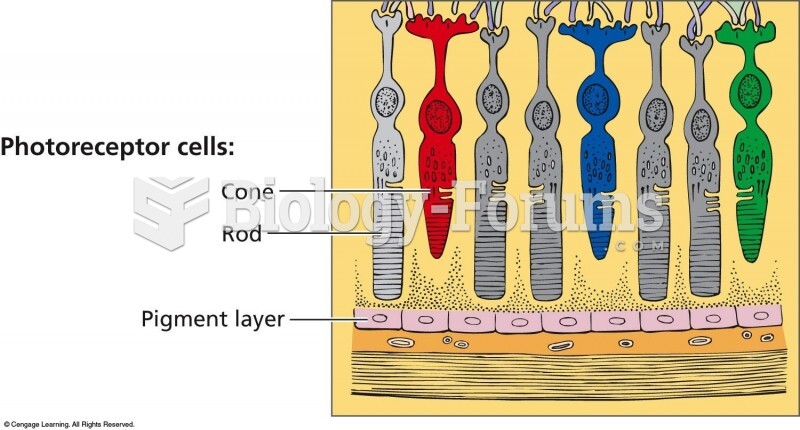Answer to Question 1
10 Clearly, but briefly and accurately, describe the auditory system and how it works. Detail 4 to 5 problems related to hearing that can occur, how these will impact the childs hearing, and the implications based on the severity of the loss.
8 Briefly, but accurately, describe the auditory system and detail 3 to 5 problems related to hearing that can occur that will impact the childs hearing and the implications based on the severity of the loss.
6 Briefly describe the auditory system and detail 2 to 4 problems related to hearing that can occur that will impact the childs hearing and some implications related to the severity of the loss.
4 Briefly but vaguely describe the auditory system and detail some problems related to hearing that can occur. Provide some implications related to the severity of the loss.
2 Inaccurately describe the auditory system and identify some problems that can occur. Provide vague information on the implications of these problems.
Answer to Question 2
10 Clearly detail 8 to 10 guidelines and curriculum adaptations you would make to include this child. Give 8 to 10 concrete examples from the areas of speaking, listening, reading, and writing.
8 Clearly detail 6 to 8 guidelines and curriculum adaptations you would make to include this child. Give 6 to 8 concrete examples from the areas of speaking, listening, reading, and writing.
6 Detail 5 to 8 guidelines and curriculum adaptations you would make to include this child. Give 5 to 8 examples from some of the areas of speaking, listening, reading, and writing.
4 Detail a few guidelines and curriculum adaptations that might be useful for a child with a hearing impairment. Give vague examples for one or two guidelines or adaptations, some of which are from language arts.
2 Vaguely mention a few guidelines and curriculum adaptations that might be useful for a child. Give examples that may or may not support these guidelines.







